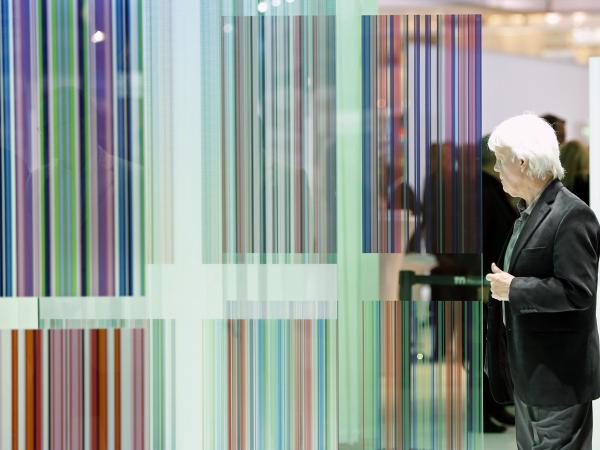
Date: 7 September 2016
As the material provides an unlimited range of design possibilities for architects, interior and furniture designers thanks to the interplay of light, reflections, transmission, colours and textures, glass in interior design offers an innovative alternative to wood, metal or stone and is absolutely in line with the trend.
The industry caters to the growing demand by providing a multitude of solutions for designing interiors.
Architects face difficult tasks: on the one hand, there is a growing need for glass façades bringing light into the building and making it look more representative. The problem: in summer, buildings with a glass shell will quickly heat up so that innovative glass products must be used intelligently to avoid the need for energy-intensive air-conditioning.
On the other hand, the know-how and creativity of architects are also and increasingly in demand when designing a building’s interior.
Thanks to its versatility, high level of functionality and safety, glass plays a steadily increasing role and replaces more conventional materials such as metal or stone: Glass unites colours and structure, it creates special textures and surfaces and is used as a design material.

“Interior applications are increasingly significant for the glass market. Our figures say that approximately half the total quantity of single-pane safety glass sold in Germany and almost a quarter of all laminated safety glass are used for interiors,” says Jochen Grönegräs, General Manager of Bundesverband Flachglas (Federal Association of Flat Glass Manufacturers).
The manufacturers encourage architects demanding classy-looking glass products and have developed processing methods and modern designs enabling them to offer a highly diverse design glass portfolio. The basis for their products is the entire range of glass products from tempered safety glass to laminated safety glass and insulating glass.
After the glass has gone through the cutting, edge-processing, drilling and form shaping stages of CNC processing, it is individually designed depending on the customer’s wishes and the intended location: lacquered glass is used for kitchen back walls, wall panels or furniture fronts, for example.
Screen printing and digital printing offer excellent opportunities for tailor-made designs of flat glass or for applying decorative motifs. Coloured foil integrated in laminated safety glass can bathe a location in a special light and create an appropriate ambience for any location.
Sandblasted glass offers further design possibilities for decors as well as images or patterns. And finally, UV bonding can create a variety of three-dimensional glass constructions for the furniture industry as well as store and exhibition construction.
The newest products in the field of decorative glazing include the “Fluid” line of design glass by Saint-Gobain Glass. Its special feature is its three-dimensional effect, which the company attributes to an innovation in its glass production. In contrast to traditional cast glass, embossed glass sections alternate with transparent areas. “This new form of embossed designs caters to our customers’ wishes for flatter and more modern glass structures,” say Saint-Gobain Glass.
The flowing structure also permits smooth horizontal and vertical glass cuts for its further processing to tempered safety glass or laminated safety glass as well as a wide range of other applications in insulation glass and interior design. Fluid is currently available in 4 and 6 mm thickness and in a size of 200 x 321 cm.
Not only the glass is new, so is the way to arrive at the innovation. Because Fluid was designed by a young team of designers developing a design glass line inspired by natural structures, “Fluid combines a unique design and a fascinating spatial effect and sets new standards for design glass. It lends rooms to a special character and invites you to experiment. It therefore is an attractive high-quality alternative to frosted glass,” states the company (Source: Saint-Gobain Glass Deutschland GmbH).

Design patterns can be used both horizontally and vertically and create different effects depending on their directionality. The glass suggests a depth of material and this turns it into a design object in its own right. As a result, it is it an ideal material for a new architectural trend: design glass in facades.
And AGC Interpane, a strategic alliance of Interpane and AGC Glass Europe, extended its product range of design glasses by new lacquered glass products: “Lacobel and Matelac 2020” is the name of the new double range of lacquered glazing.
As the name says, the design glass varieties are available in 20 different colours. “The combination of glossy and matte glass surfaces in matching colours widens the design options for interior walls and furniture,” says Marc Everling, Director of Marketing and Communications at AGC Interpane.
The new colours are available in the “Classics”, “Trendies” and “Exclusives” product lines, which are meant to make the design of material combinations with wood, stone or metal more intuitive. The Classics line offers timeless colours such as “White Soft” and “Black Classic”.
The Trendies include currently fashionable natural colours like “Green Soft”, “Green Sage” and “Red Terracotta”. The Exclusives line consists of reflective, metallic and subtly glittering tints such as “Lacobel Copper Metal” and “Lacobel Brown Starlight” which was designed as a perfect match to “Matelac Brown Walnut”. Architects, designers and furniture producers are also given opportunities for an individual configuration of these colours.
And the Schollglas company has also specialised in design glass and, among others, offers “Gewe-art”, a digitally printed and powder coated float glass coming in 20 different motif options and permitting individual design and colour schemes.
The company says that Gewe-art is not only easy to clean and scratch-resistant but also shows excellent UV resistance, high abrasive strength and high condensation resistance.
As a consequence, it can be used everywhere in the house as a table top or worktop, partition or wall panelling and even for shop fitting and exhibition construction, says Schollglas. At the same time, the company actively optimises its finishing technologies in view of further increases in the quality of its products and reducing production costs.
Glass for interiors is already competitive to other materials, states Carsten Heuer, the company‘s Managing Director. “Surface finishing, screen printing or digital prints, various curving technologies and the high performance and extremely flexible use of machinery for highly efficient edge processing in the group enable serial production as well as an economic production of single units.”

Intelligent architectural glass is another opportunity for creating effects through the interplay of light, brilliance and transparency. The so-called Aled technology employed by the Austrian Lightglass Technology company permits such a product fulfilling all technical requirements for interior and exterior applications: a light-conducting layer in the laminated glass turns a simple window, a partition or façade into a light source.
The company claims that their technology enables them to combine the transparency of traditional windows and a completely homogeneous and glare-free lighting of glass. And the system is self-regulated and adjusts to the current lighting situation. The whole system is controlled and programmed with an app or the usual facility control systems.
And façades equipped with so-called electrochromic windows have an impact on the lighting, i.e. the mood of rooms. Thanks to integrated nano-particles, the glass will automatically adjust to the lighting conditions and block out sunlight so that rooms do not heat up too much or get too bright.
The German manufacturer, Econtrol-Glas, has developed electrochromic windowpanes, for example, which switch from the lightest to the most intensive tinting within 20 to 25 minutes. In a dimmed condition, only 12% of the sunlight gets through, the rest is reflected by the particles.
Across Europe, Econtrol-Glas has already equipped various office buildings, residential buildings and public buildings with its windows.
Merck, the German science and technology group, pursues a different variation of switchable glass. It invests € 15 m in the development and production of windowpanes, which react even faster to changing light than comparable switchable glass solutions. In its development, Merck uses a mixture of the liquid crystals also used in the displays of TV sets, laptops or smartphones.
The technology produces two effects, says Martin Zitto, Business Development Manager at Merck: it darkens the glass as a protection against sunlight and makes it appear opaque and non-transparent to guarantee privacy.
Even if the technological basis is different than in other switchable glasses, all liquid crystal glass works in a similar way: the mixture is filled between two glass panes bonded with an adhesive. By applying a certain voltage the crystals can be arranged in different configurations.

Depending on the configuration, more or less light will penetrate the layer - the windows are either transparent or opaque. For the time being, these liquid-crystal windowpanes are not available on the market, however. The company plans to start manufacturing in a new production plant at the end of 2017.
At glasstec 2016 in Düsseldorf, the world‘s biggest and most international specialist trade fair for the glass industry, companies can inspect the innovations developed by interior and facade specialists and get information on the most important trends from 20 to 23 September 2016.
The Lightglass company will show examples for using its Aled technology in residential and corporate buildings at the “glass technology live” show organised by the University of Stuttgart. The special show this year focuses on glasses of the future.
Among other things, it presents innovations from the area of electrochromic glass, interactive glass as a carrier material for information and electronics, and glass varieties with special features such as glass with innovative coatings or self-luminous glass.
The special show with the motto ‘glass technology live’ will be accompanied by a high-calibre specialist symposium with lectures and presentations on current research and practical applications.
Renowned representatives of the glass industry as well as architecture and science will show the versatility of glass as a material using the examples of current or sometimes still unfinished architectural projects.
The programme will be completed by the “Materia” special show. With its motto “Great material for great architecture”, it presents the newest applications, products and materials for the architectural sector.
 600450
600450



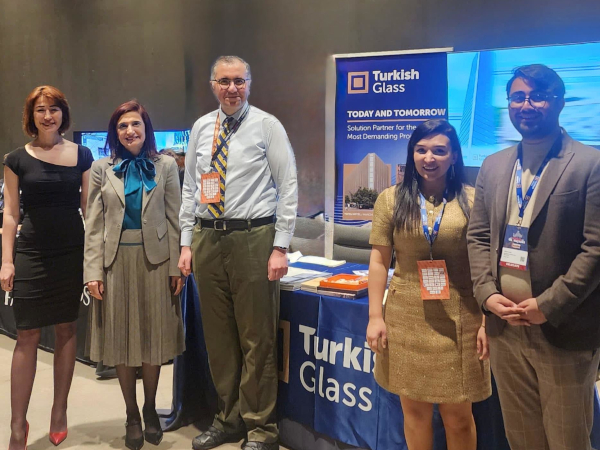
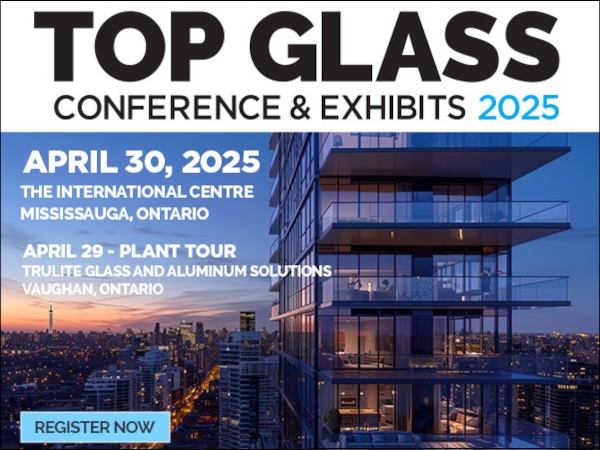
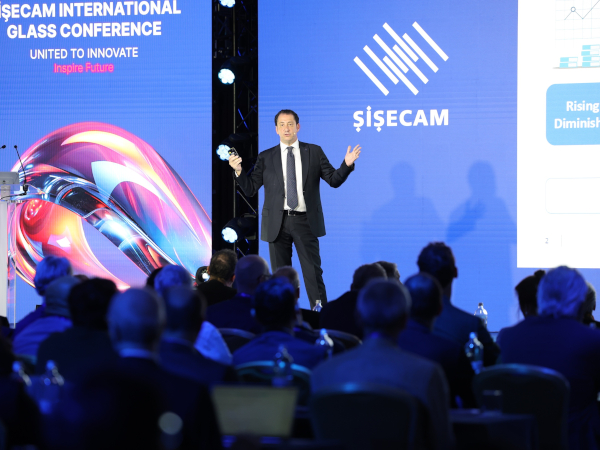











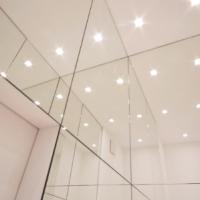



Add new comment